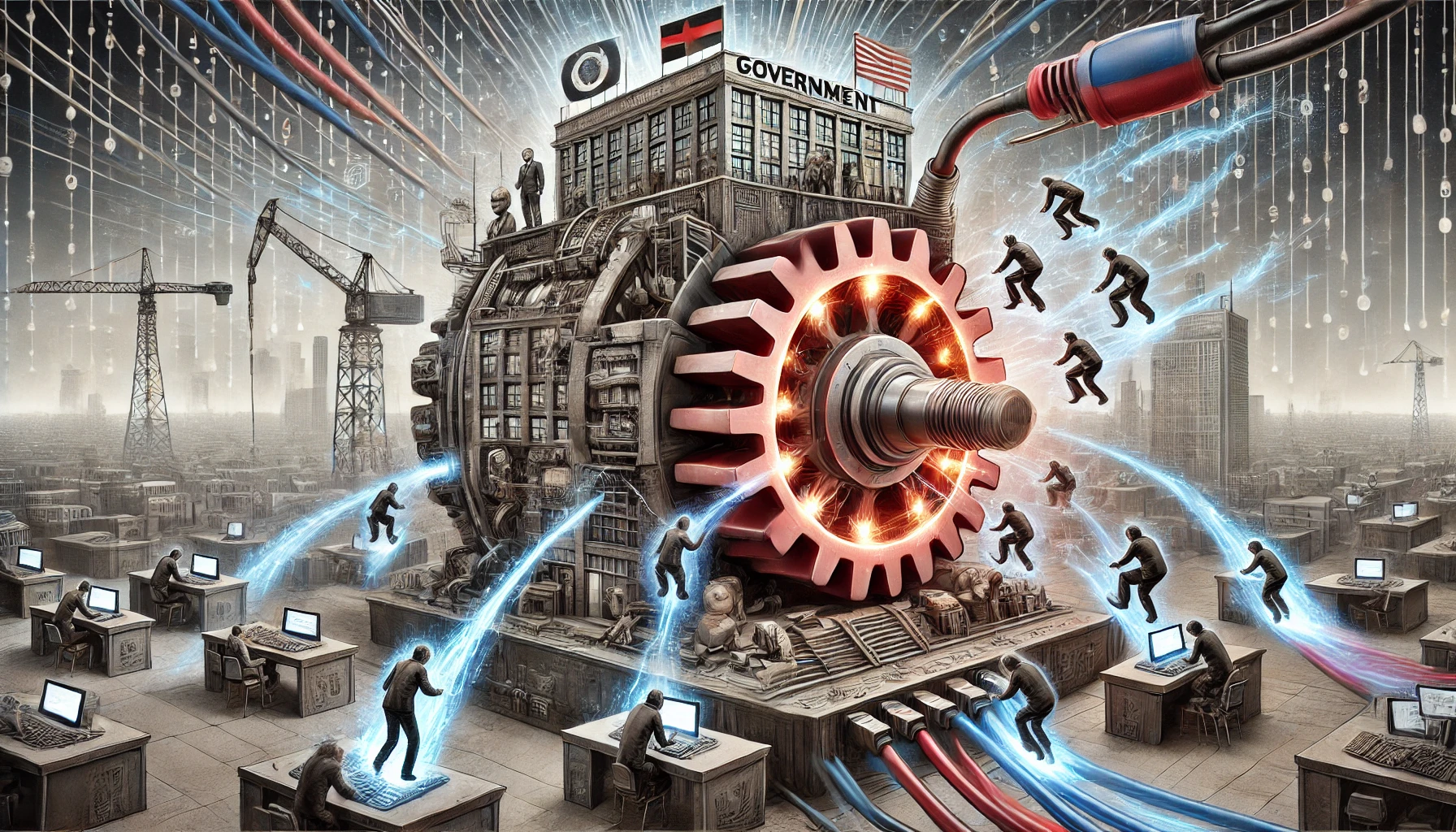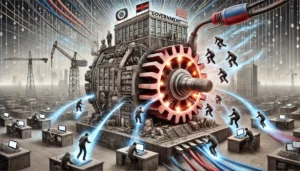Understanding “World Models” in AI: Moving Beyond Language
Introduction: The limitations of language-only AI
For years, Large Language Models (LLMs) like GPT have dazzled us with their textual prowess. Yet experts, including Stanford’s Fei‑Fei Li and Meta’s Yann LeCun, now argue that language alone doesn’t equate to true intelligence—it lacks grounding in physical reality (businessinsider.com).
What are World Models?
World models are AI frameworks that internalize a mental representation of the world. They don’t just process words—they simulate how environments change, incorporate spatial understanding, sense causal relationships, and adapt to new contexts—much like human cognition (businessinsider.com).
Key features include:
- Spatial intelligence: interpreting 3D environments.
- Predictive simulation: forecasting outcomes based on actions.
- Abstract reasoning: forming mental models to assess “what if” scenarios.
Who’s working on this?
- Fei‑Fei Li’s World Labs (founded 2024, $230 million VC backing): Focuses on 3D environment modeling—critical for robotics and interactive AI (businessinsider.com).
- Yann LeCun at Meta: Advocates for AI to make world‑state predictions: “Imagine an action… the world model predicts what the state is going to be” (businessinsider.com).
- Google DeepMind: Recruiting for “world modeling” teams to simulate physical environments for robotics and gaming (theverge.com).
Why this matters
- Robotics: Robots require understanding of object permanence, physics, spatial layout—a challenge for text‑only models.
- Interactive media: Games and simulations depend on agents that can perceive, respond, and adapt to evolving virtual worlds.
- Reasoning and planning: World models enable scenario prediction and active planning, not just reactive text generation.
Technical and research challenges
Building world models requires:
- Rich spatial data—far scarcer than text corpora.
- Multi-modal training—combining vision, physical dynamics, language, and video.
- Safety and long-term prediction—ensuring reliable and trustworthy world simulation (arxiv.org, en.wikipedia.org, businessinsider.com).
Recent academic works like Dyna‑Think integrate reasoning, acting, planning and world simulation, showing how combining mental modeling with agent behavior improves adaptability (arxiv.org).
The future: toward grounded intelligence
As AI evolves, the incorporation of spatial, causal, and embodied reasoning will be essential for reaching AGI‑like cognition—tools that can learn, plan, and act within real or simulated worlds. While language-based LLMs remain powerful, true general intelligence likely hinges on these richer, world-grounded models.
TL;DR Table
| Year | Model Type | Key Advancement |
|---|---|---|
| Pre‑2025 | Large Language Models | Textual fluency, pattern learning |
| 2024 | World Labs founded | Pioneered 3D environment modeling |
| 2025 | DeepMind world‑model teams | Focused on embodied AI via simulation |
| 2025+ | Hybrid models (e.g. Dyna‑Think) | Integrated reasoning, planning, action |
Final thoughts
World models represent a bold new direction in AI—aiming to replicate the way humans mentally simulate, reason, and operate within physical spaces. They promise to bridge the gap between fluent language use and adaptive, embodied intelligence, potentially transforming robotics, gaming, creative work, and beyond.

